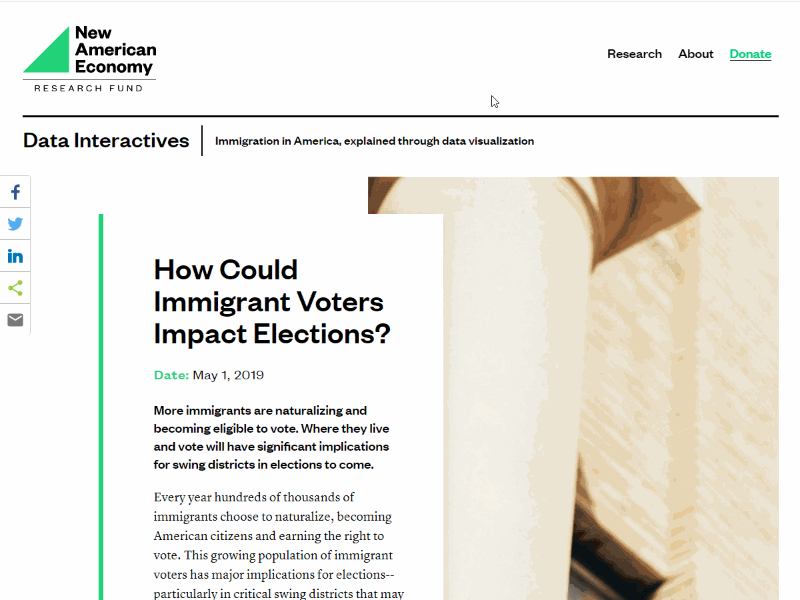All Topics


Midterms 2022: The Changing Demographics of the Electorate
With the 2022 midterm elections on the horizon, this map uses data from the Current Population Survey to show which states’ electorates are changing most rapidly. In swing states where close races are expected to take place, the extent to which changing electorates can be activated by each campaign may ultimately help determine who wins and loses come November.


New American Fortune 500 in 2022: Top American Companies and Their Immigrant Roots
Since our first New American Fortune 500 report in 2011, the Council found that more than two out of every five Fortune 500—the 500 largest corporation by revenue in the country—had at least one immigrant or child-of-immigrant founder—a pattern that has remained over the years.
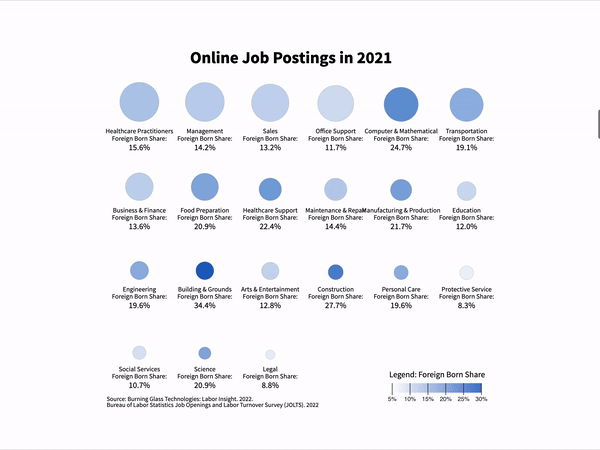

Amid Rising Inflation, Immigrant Workers Help Ease Labor Shortages
The U.S. finds itself grappling with the highest levels of inflation since the 1980s, caused largely by an imbalance between the demand and supply of both labor and goods and services. Using employment projections and data on job openings, we explore how immigration can help meet labor demands and steer the economy back to a sustainable growth path.
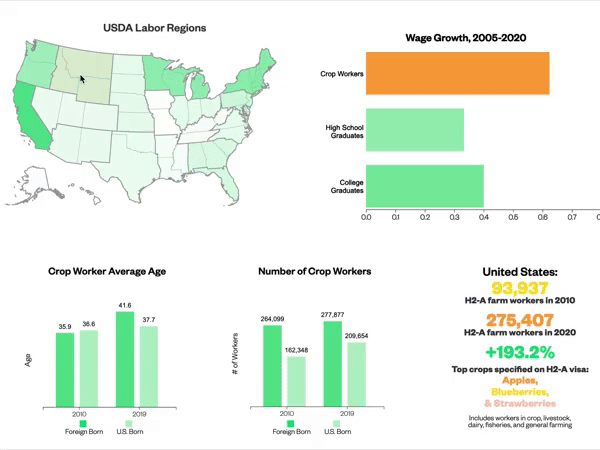

America's Agricultural Workers and Immigration: A Changing Landscape
Farm workers are essential to America’s critical food infrastructure. Despite abundant and fertile land, our food supply of fresh fruit and vegetables relies increasingly on imported produce as labor shortages in the crop production industry persist.


The United States Is More Diverse Than Ever, in More Places Than Ever
The highly anticipated release of local data from the 2020 Census showed that the United States is more racially and ethnically diverse than it has ever been.


Immigration and America’s Growth
From our biggest cities to the heartland, immigration is increasingly important in keeping many parts of America growing. With 10,000 Baby Boomers retiring daily and the working-age population growing slower than it has in decades, communities face the prospect of running out of workers and losing residents.
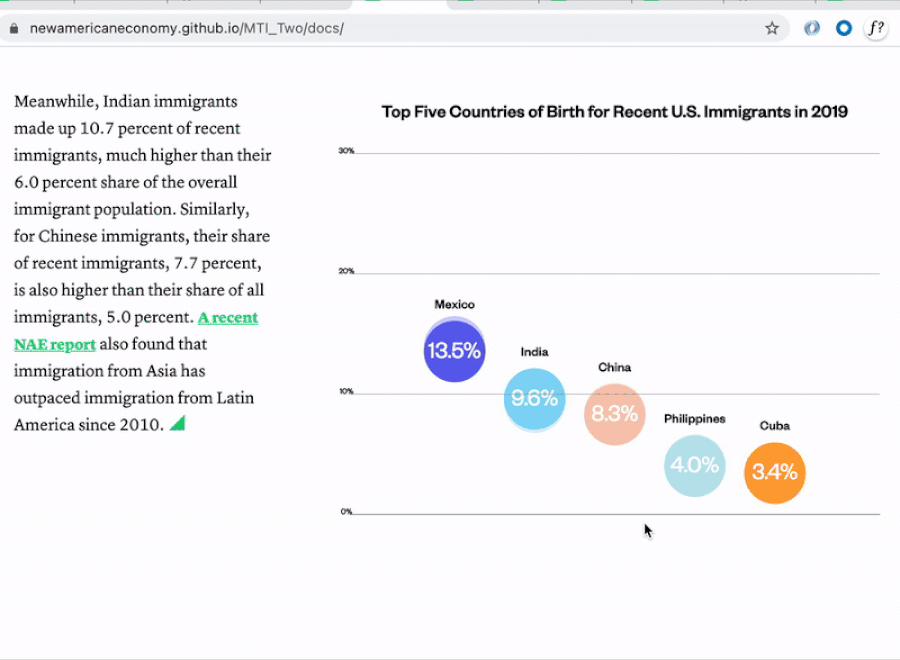

A New Profile of Immigrants in America
We explore immigration at a state level, looking at where newcomers are coming from, which languages they speak, and what jobs they’re doing.
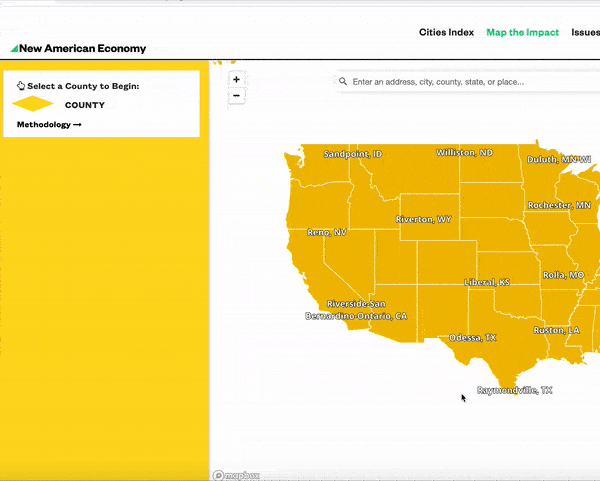

Map the Impact: New County-Level Data on Immigrants
For the first time, the Council is releasing new data that shows the significant contributions that immigrants make to America’s 3,000+ counties. This new data is the latest feature of NAE's Map the Impact, an interactive map that quantifies immigrant contributions at the national, state, city, congressional district, and now county levels, and across business sectors.
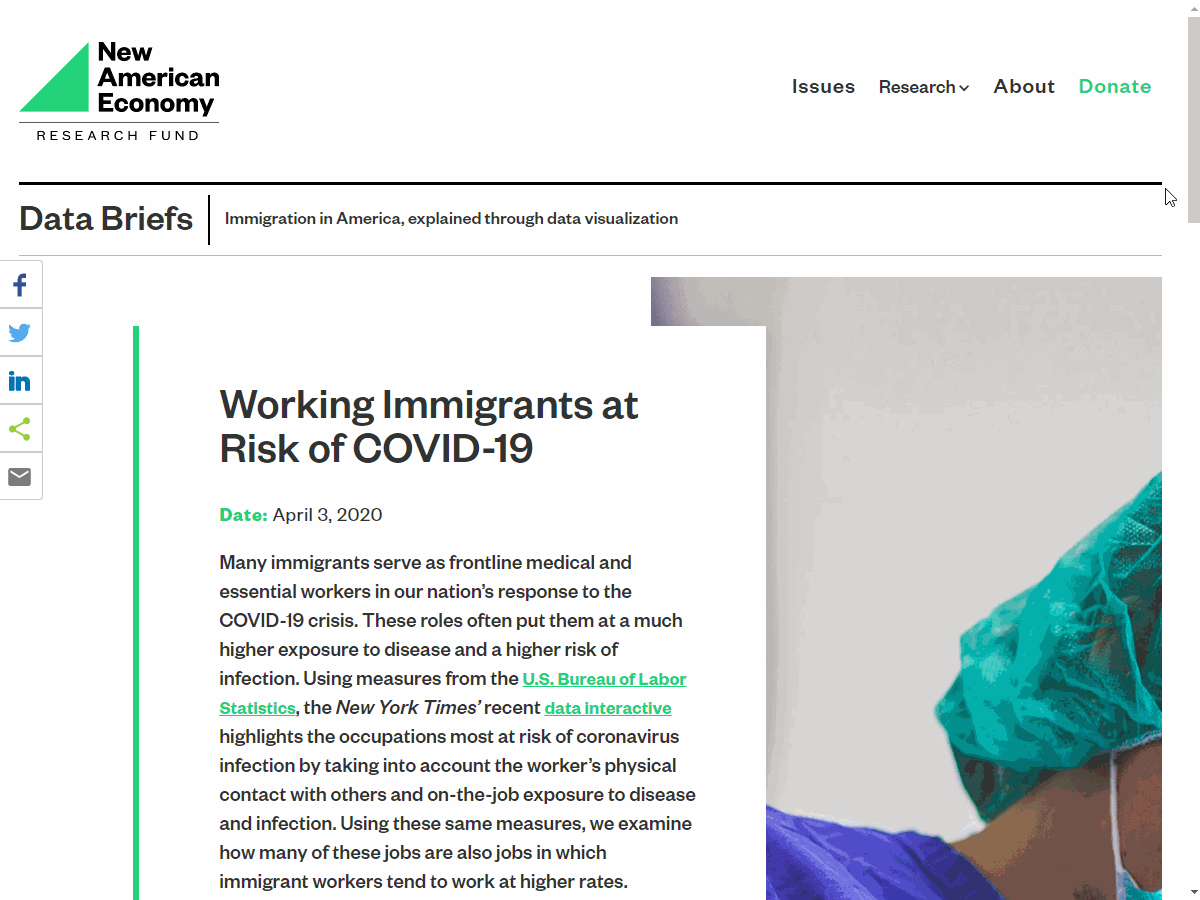

Working Immigrants at Risk of COVID-19
Many immigrants serve as frontline medical and essential workers in our nation’s response to the COVID-19 crisis. These roles often put them at a much higher exposure to disease and a higher risk of infection.


Immigration and America’s Growth
From our biggest cities to the heartland, immigration is increasingly important in keeping many parts of America growing. A growing economy needs a steady, growing population. Fortunately for the United States, the number of prime working age (25-65) people has increased on average by 1.3 million each year from 2000 to 2018.


"The Irishman" vs "Knives Out": What Immigration Movie is Your City Watching?
The 92nd Academy Awards are just around the corner. And while change has been slow to come in diversifying Oscar nominations, we wanted to take a moment and recognize how immigrant themes are increasingly prominent in mainstream movies. In this data interactive, we take a look at eight from the past five years.
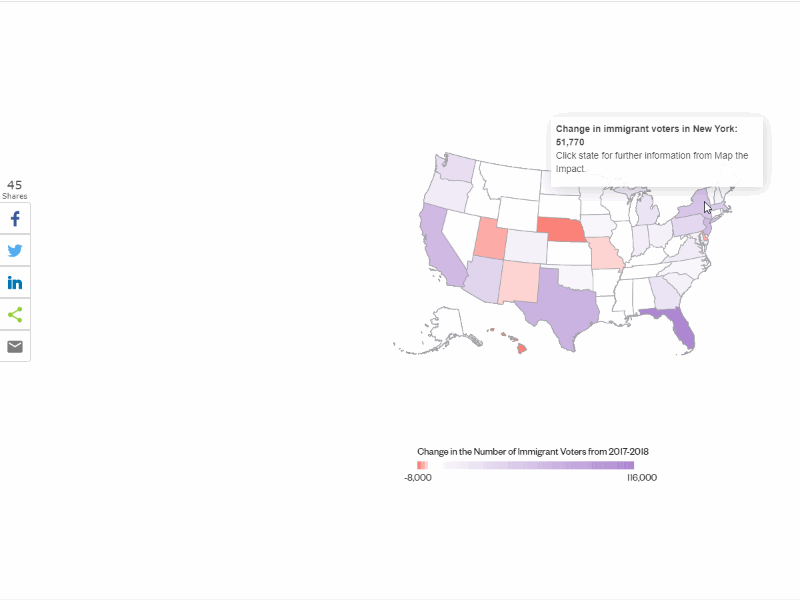

Map the Impact 2020: State Updates
The U.S. population is growing at its slowest rate in a century. This is a troubling trend as 10,000 Baby Boomers age into retirement each day and birthrates remain at historic lows. For many states, this means that immigrants are playing an increasingly important role in sustaining and driving growth.
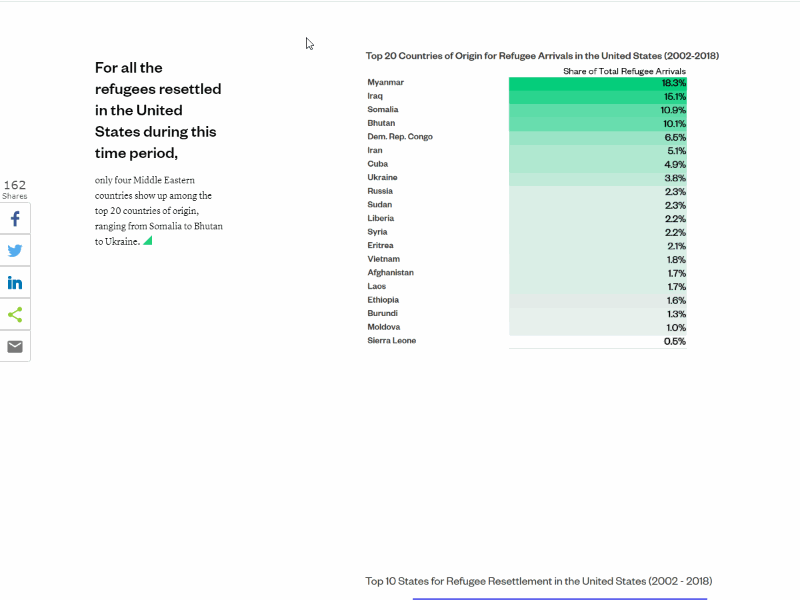

Refugee Resettlement in U.S. Cities
The number of refugees admitted into the United States has fallen to record lows. This drop affects not only refugees and their families, but also towns and cities across the United States that have embraced and been strengthened by refugees in recent years.
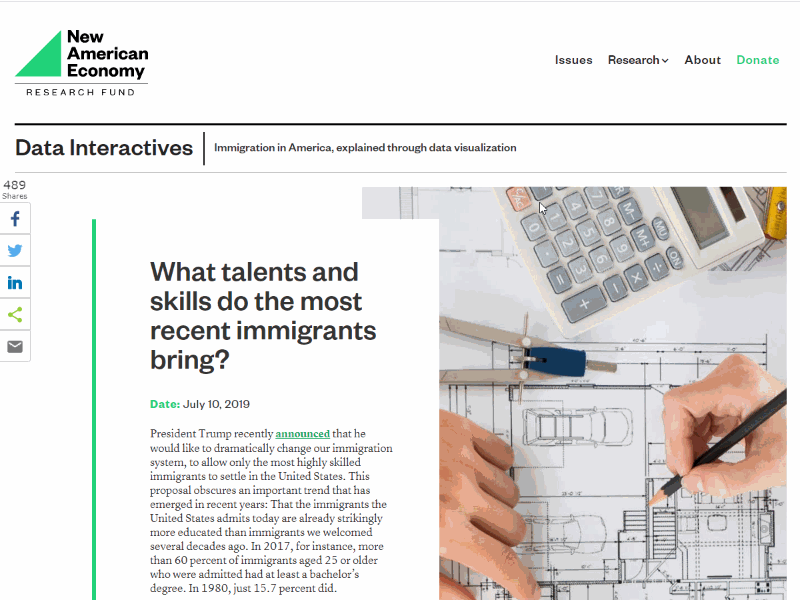

What Talents and Skills do the most recent immigrants bring
To understand how immigrants are already filling gaps in our workforce, we analyzed 2017 data on recent immigrants, or those who had arrived in the country within the last year. These new Americans prove to be incredibly well-positioned to fill persistently-vacant positions in our economy, allowing U.S. employers to expand and create jobs for Americans at all skill levels.

